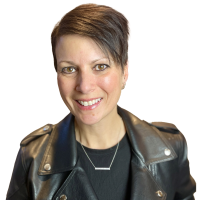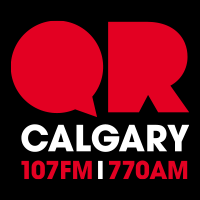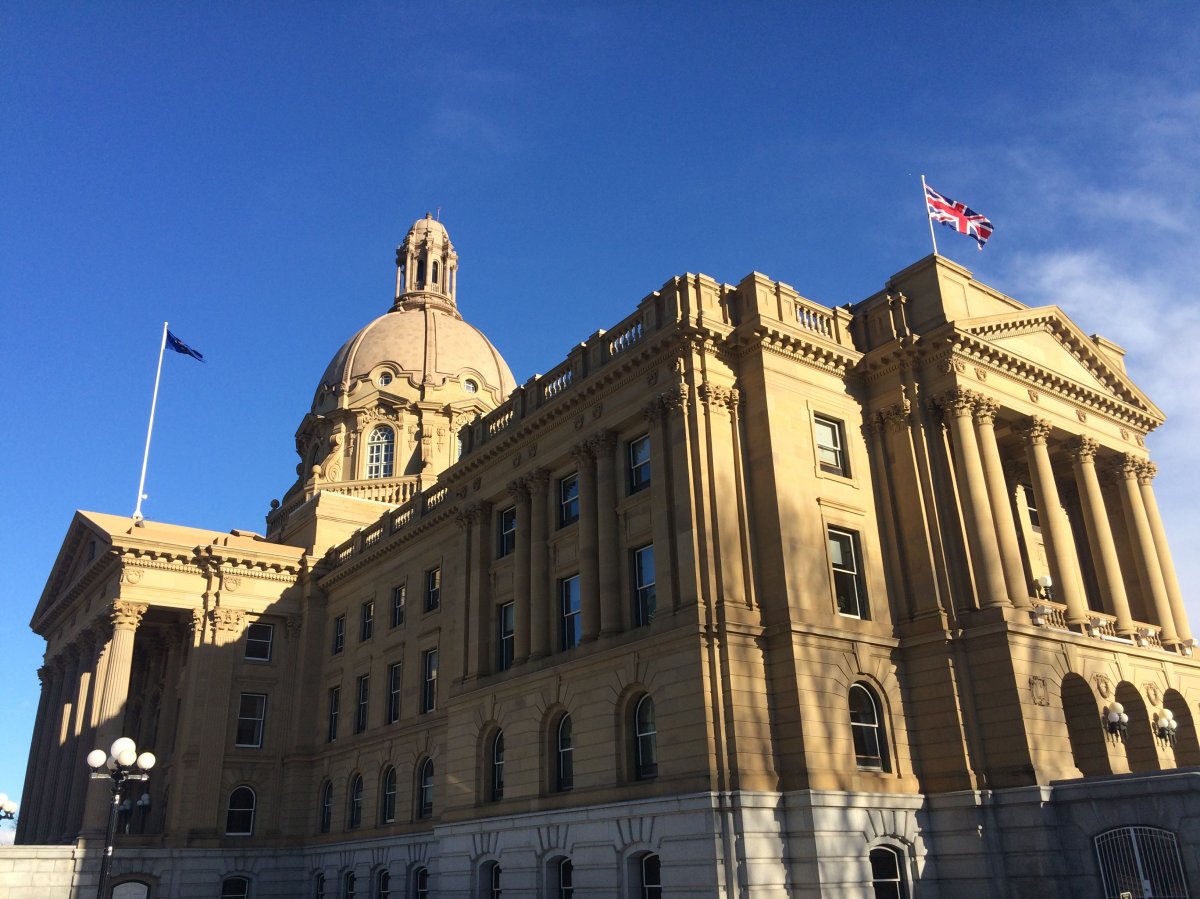Changes could be coming to how the seats in Alberta’s legislature are distributed.

The Electoral Boundaries Commission has released an interim report recommending a number of changes. These include:
- Reducing the number of seats in the central-northeast area (rural areas north and east of Edmonton) from four to three
- Reducing the number of seats in the central-west area (rural areas north of Red Deer and west of Edmonton) from five to four
- Reducing the number of seats on the eastern side of the province (south of Calgary and east of Highway 2) from seven to six
Of the constituencies affected, ten are currently held by Wildrose Party members, five by New Democrats, and one by a Progressive Conservative.
The commission said population growth rates below the province average is the reason for the proposed changes in rural areas.
READ MORE: Alberta jumpstarts process of redrawing its electoral boundaries
Watch below: On Jan. 16, 2017, Tom Vernon filed this report about Alberta looking to redraw its map of electoral boundaries.

According to the report, three new seats would be created to account for significant increases in population. The distribution of these seats would be:
- One in the city of Calgary
- One in the city of Edmonton
- One encompassing an area north and west of Calgary to account for population changes in Airdrie and Cochrane
In addition to changing the distribution of seats, the commission is recommending that two seats currently held by New Democrats (Dunvegan-Central Peace-Notley and Lesser Slave Lake) retain a special status which allows their populations to drop anywhere from 25 per cent to 50 per cent below the provincial average population without being redistributed.
READ MORE: The Alberta election in five minutes
The commission also looked at naming conventions for constituencies, and have recommended new rules which would prevent constituencies from being given the same name as a federal riding or from being named after former politicians.
One of the four members of the commission disagreed with the findings of the majority. Commissioner Gwen Day said she believed that no additional seats should be added to Calgary or Edmonton, nor did she believe that any electoral divisions should be amalgamated in rural areas.
“As an Albertan, I believe that we are very fortunate to have such a variety of electoral constituencies; rural ridings that also encompass towns and villages, 16 small cities, city/rural blends, and two metropolitan cities. We need to focus on the gift that this social mosaic brings to us as Albertans and recognize that we are in fact interdependent.”
READ MORE: Alberta election results 2015
The Wildrose Party agreed with Day’s recommendations, saying the majority report “highlights serious concerns with the proposed redistribution.”
“In order for MLAs to be responsive to their constituents, there must be an acknowledgement of the geographic constraints of our province, and not simply lump together communities for the sake of making population requirements add up,” Wildrose MLA Nathan Cooper said. “The report, as it stands today, is not supported by Wildrose.”
The proposed changes are now open to public consultation, with the commission seeking feedback from the public until July 8, 2017.
- Toronto’s offices are emptying out. The city wants to know what to do with them
- Capital gains changes could have ‘irreversible’ effects, business groups warn
- Could notwithstanding clause be used on abortion? Poilievre’s office says ‘never’
- U.K. takes aim at allies like Canada, wants higher NATO targets








Comments